A surgical technique called a heart double valve replacement is used to replace the heart's mitral and aortic valves. Because they assist control the flow of blood between the heart chambers and the rest of the body, these valves are essential to the heart's healthy operation.
A double valve replacement may be required if the disease or damage to both the aortic and mitral valves is severe enough to affect cardiac function. The diseased valves are removed during the treatment and are replaced with prosthetic valves, which are artificial.
| Country | Cost | Local_currency |
|---|---|---|
| United Kingdom | USD 25327 - 65462 | 20008 - 51715 |
| Turkey | USD 15000 - 50000 | 452100 - 1507000 |
| Spain | USD 65000 | 59800 |
| United States | USD 134300 | 134300 |
| Singapore | USD 34500 | 46230 |
Treatment cost
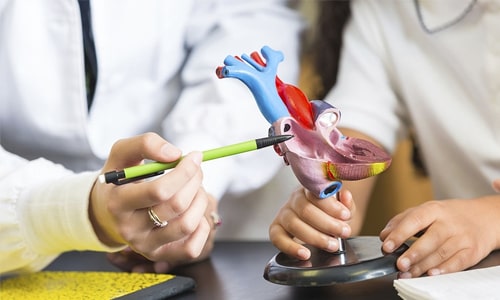
We provide numerous services for your medical journey, including:
We provide packages at economical prices with a number of additional benefits which make it a better opportunity than spending actual hospital costs with singular benefits. The Double Valve Replacement Surgery involves replacement of both aortic and mitral valve. This type of replacement procedure is done under general anesthesia with both minimally invasive & conventional techniques. During conventional surgery, an incision is made in the neck right to the navel and for less invasive surgery, the incision is smaller thus leading to less infection., If you are thinking of Double Valve Replacement Surgery at Sharda Hospital in India, then you must grab this beneficial package that covers every advantage for your treatment & stay.
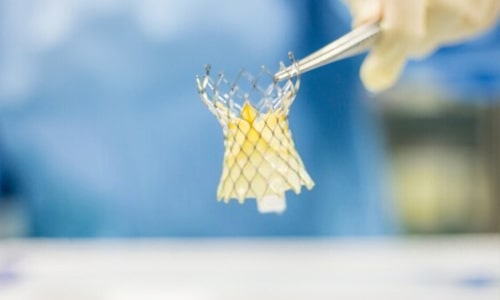
Some of the key inclusions which we provide as additional benefits of the package are:
With us, you are sure to receive all the benefits at competitive prices which is a better choice than paying actual hospital costs. The Double Valve Replacement Surgery involves replacement of both aortic and mitral valve. This type of replacement procedure is done under general anesthesia with both minimally invasive & conventional techniques. During conventional surgery, an incision is made in the neck right to the navel and for less invasive surgery, the incision is smaller thus leading to less infection., If you are thinking of Double Valve Replacement Surgery at Manipal Hospital, Dwarka in India, then you must grab this beneficial package that covers every advantage for your treatment & stay.
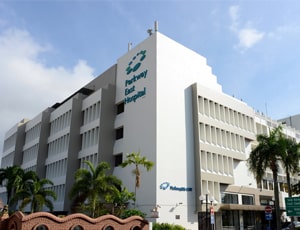
Parkway East Hospital located in Joo Chiat Pl, Singapore is accredited by JCI. Also listed below are some of the most prominent infrastructural details:
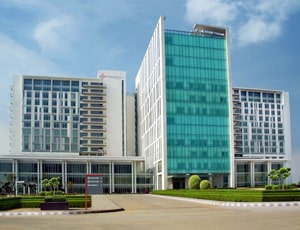
Types of Heart Double Valve Replacement in Medanta - The Medicity and its associated cost
| Treatment Option | Approximate Cost Range (USD) | Approximate Cost Range (INR) |
|---|---|---|
| Heart Double Valve Replacement (Overall) | 10319 - 16929 | 840020 - 1401667 |
| Simultaneous Double Valve Replacement (DVR) | 13347 - 22737 | 1095882 - 1876378 |
| Staged Double Valve Replacement (DVR) | 11254 - 19806 | 904175 - 1675454 |
DOCTORS IN 14 SPECIALITIES
FACILITIES & AMENITIES
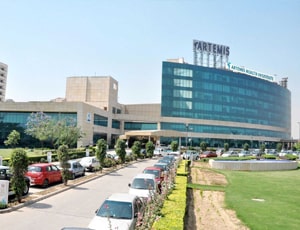
Types of Heart Double Valve Replacement in Artemis Health Institute and its associated cost
| Treatment Option | Approximate Cost Range (USD) | Approximate Cost Range (INR) |
|---|---|---|
| Heart Double Valve Replacement (Overall) | 9956 - 17073 | 833005 - 1381557 |
| Simultaneous Double Valve Replacement (DVR) | 13505 - 22080 | 1113917 - 1859856 |
| Staged Double Valve Replacement (DVR) | 11193 - 20566 | 909566 - 1649994 |
DOCTORS IN 15 SPECIALITIES
FACILITIES & AMENITIES

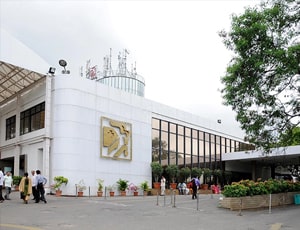
Types of Heart Double Valve Replacement in Apollo Hospitals and its associated cost
| Treatment Option | Approximate Cost Range (USD) | Approximate Cost Range (INR) |
|---|---|---|
| Heart Double Valve Replacement (Overall) | 10170 - 16973 | 837817 - 1365879 |
| Simultaneous Double Valve Replacement (DVR) | 13680 - 22592 | 1114916 - 1808207 |
| Staged Double Valve Replacement (DVR) | 11178 - 20422 | 925241 - 1649116 |
DOCTORS IN 14 SPECIALITIES
FACILITIES & AMENITIES

Types of Heart Double Valve Replacement in Venkateshwar Hospital and its associated cost
| Treatment Option | Approximate Cost Range (USD) | Approximate Cost Range (INR) |
|---|---|---|
| Heart Double Valve Replacement (Overall) | 9133 - 15216 | 745411 - 1252839 |
| Simultaneous Double Valve Replacement (DVR) | 12126 - 20304 | 997408 - 1666149 |
| Staged Double Valve Replacement (DVR) | 10189 - 18210 | 833800 - 1498805 |
DOCTORS IN 13 SPECIALITIES
FACILITIES & AMENITIES
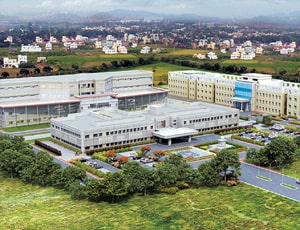
Types of Heart Double Valve Replacement in Global Health City and its associated cost
| Treatment Option | Approximate Cost Range (USD) | Approximate Cost Range (INR) |
|---|---|---|
| Heart Double Valve Replacement (Overall) | 10121 - 16576 | 840710 - 1387156 |
| Simultaneous Double Valve Replacement (DVR) | 13653 - 22089 | 1101208 - 1818477 |
| Staged Double Valve Replacement (DVR) | 11151 - 19801 | 936780 - 1661370 |
DOCTORS IN 14 SPECIALITIES
FACILITIES & AMENITIES
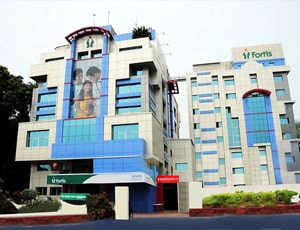
Types of Heart Double Valve Replacement in Fortis Malar Hospital and its associated cost
| Treatment Option | Approximate Cost Range (USD) | Approximate Cost Range (INR) |
|---|---|---|
| Heart Double Valve Replacement (Overall) | 9117 - 15167 | 746728 - 1251969 |
| Simultaneous Double Valve Replacement (DVR) | 12144 - 20356 | 999985 - 1657936 |
| Staged Double Valve Replacement (DVR) | 10140 - 18323 | 831894 - 1494657 |
DOCTORS IN 9 SPECIALITIES
FACILITIES & AMENITIES
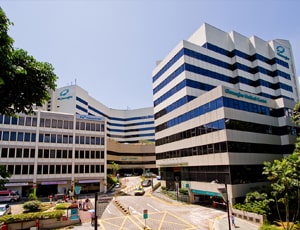
Gleneagles Hospital located in Napier Road, Singapore is accredited by JCI. Also listed below are some of the most prominent infrastructural details:
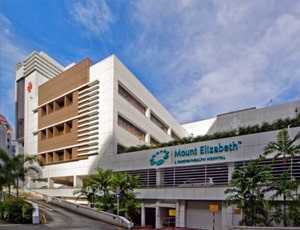
Mount Elizabeth Hospital located in Singapore, Singapore is accredited by JCI. Also listed below are some of the most prominent infrastructural details:
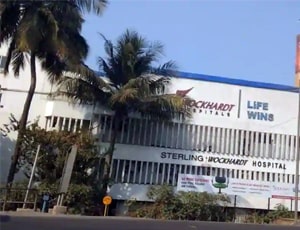
Types of Heart Double Valve Replacement in Sterling Wockhardt Hospital and its associated cost
| Treatment Option | Approximate Cost Range (USD) | Approximate Cost Range (INR) |
|---|---|---|
| Heart Double Valve Replacement (Overall) | 9130 - 15192 | 749637 - 1245458 |
| Simultaneous Double Valve Replacement (DVR) | 12192 - 20379 | 1001780 - 1671792 |
| Staged Double Valve Replacement (DVR) | 10101 - 18340 | 835552 - 1501178 |
DOCTORS IN 14 SPECIALITIES
FACILITIES & AMENITIES
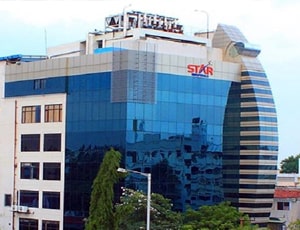
Types of Heart Double Valve Replacement in Star Hospitals and its associated cost
| Treatment Option | Approximate Cost Range (USD) | Approximate Cost Range (INR) |
|---|---|---|
| Heart Double Valve Replacement (Overall) | 8478 - 13934 | 694024 - 1137423 |
| Simultaneous Double Valve Replacement (DVR) | 11319 - 18903 | 933440 - 1543938 |
| Staged Double Valve Replacement (DVR) | 9223 - 16807 | 776155 - 1370249 |
DOCTORS IN 12 SPECIALITIES
FACILITIES & AMENITIES
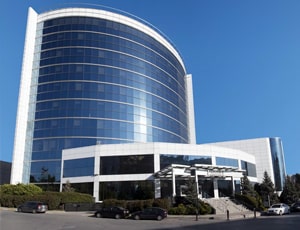
Types of Heart Double Valve Replacement in Medicana International Istanbul and its associated cost
| Treatment Option | Approximate Cost Range (USD) | Approximate Cost Range (TRY) |
|---|---|---|
| Heart Double Valve Replacement (Overall) | 16901 - 28248 | 517589 - 856223 |
| Simultaneous Double Valve Replacement (DVR) | 18865 - 31722 | 570743 - 949717 |
| Staged Double Valve Replacement (DVR) | 18126 - 28908 | 552754 - 869182 |
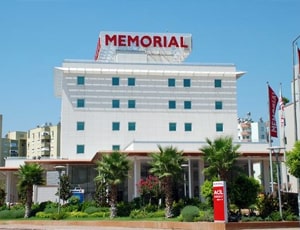
Types of Heart Double Valve Replacement in Memorial Antalya Hospital and its associated cost
| Treatment Option | Approximate Cost Range (USD) | Approximate Cost Range (TRY) |
|---|---|---|
| Heart Double Valve Replacement (Overall) | 16929 - 27850 | 504009 - 862129 |
| Simultaneous Double Valve Replacement (DVR) | 19170 - 31848 | 570083 - 952296 |
| Staged Double Valve Replacement (DVR) | 18384 - 29051 | 542474 - 885172 |
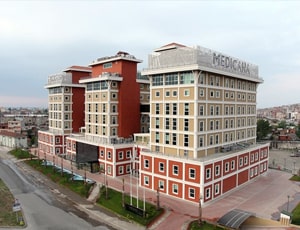
Types of Heart Double Valve Replacement in Medicana International Samsun Hospital and its associated cost
| Treatment Option | Approximate Cost Range (USD) | Approximate Cost Range (TRY) |
|---|---|---|
| Heart Double Valve Replacement (Overall) | 17215 - 28307 | 513676 - 851854 |
| Simultaneous Double Valve Replacement (DVR) | 19092 - 31639 | 572390 - 945883 |
| Staged Double Valve Replacement (DVR) | 17915 - 29069 | 549058 - 899290 |
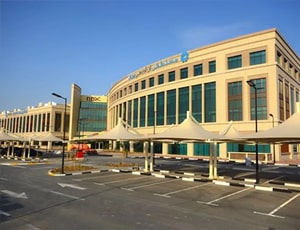
Types of Heart Double Valve Replacement in NMC Royal Hospital, Khalifa City and its associated cost
| Treatment Option | Approximate Cost Range (USD) | Approximate Cost Range (AED) |
|---|---|---|
| Heart Double Valve Replacement (Overall) | 51477 - 74521 | 189848 - 274026 |
| Simultaneous Double Valve Replacement (DVR) | 56186 - 79018 | 209007 - 289537 |
| Staged Double Valve Replacement (DVR) | 54057 - 75578 | 198077 - 282025 |
Double valve surgery is described as a surgical procedure where two heart valves are repaired or replaced during the same operation. The heart has four valves—two atrioventricular valves (mitral and tricuspid) and two semilunar valves (aortic and pulmonary). These valves play a crucial role in ensuring blood flows in the correct direction through the heart. The heart valves play a crucial role in allowing nutrient-rich blood to flow through the heart's chambers. Ideally, each valve should close completely after guiding blood flow. However, when heart valves are diseased, they may not function properly.
Double valve surgery becomes necessary when both the aortic and mitral valves or both the mitral and tricuspid valves are affected by disease or dysfunction. The reasons for double valve surgery include:
Stenosis, which is the narrowing of blood vessels, reduces the normal blood flow to the heart, making the muscle work harder. Leaky valves, known as regurgitation, occur when a valve doesn't close tightly, allowing blood to flow backward. This can lead to symptoms of valvular heart disease, including fatigue, dizziness, lightheadedness, shortness of breath, cyanosis, chest pain, and fluid retention, especially in the lower limbs.
Heart valve repair is an option for treating valvular heart disease, but in some cases where the damage is severe, a total replacement of the affected valve may be the only solution.
Mechanical Valves: These are artificial components made from materials like carbon and polyester, well-tolerated by the human body. They serve the same purpose as natural heart valves and have a lifespan of 10 to 20 years. However, a drawback is the risk of blood clots. If you get a mechanical heart valve, you'll need to take blood thinners for life to reduce the risk of stroke.
Biologic Valves (Bioprosthetic Valves): These valves are crafted from human or animal tissue. There are three types:
Heart double-valve replacement surgery is conducted under general anesthesia, using either conventional or minimally invasive techniques. In conventional surgery, a sizable incision is made from your neck to your navel. Opting for less invasive surgery can result in a shorter incision, reducing the risk of infection.
To replace a diseased valve successfully, the surgeon requires your heart to be still. This involves placing you on a bypass machine, ensuring blood circulation and lung function during the procedure. Incisions are made into your aorta through which the faulty valves are removed and replaced with new ones. While valve replacement surgery is generally safe, there is a nearly 2 percent risk of mortality associated with the procedure.
Post-surgery, the patient is shifted to the ICU for close monitoring for several days. Blood pressure, ECG tracing, breathing rate, and oxygen levels are closely studied. You may require staying in the hospital for several days after heart valve replacement surgery. With the help of the ventilator, breathing is assisted via a tube inserted in the throat. The breathing machine will be further adjusted as the patient keeps growing stable and once the patient can breathe and cough on their own, the tube is removed.
Along with this, the stomach tube is also removed. Every two hours, a nurse would help the patient take deep breaths and cough. This feels sore but is vital to prevent the accumulation of mucus in the lungs and prevent pneumonia. The patient is taught to hug a pillow tightly while coughing to ease out any discomfort. The patient must express discomfort felt at coughing and medications are suggested accordingly. Slowly fluid intake is initiated and you can gradually increase your daily activities such as walking around the room. After a few days, the patient is shifted to the recovery room where the rest of the recovery takes place before discharge.
You can notify your doctor if you feel swelling and redness around the incision area, fevers, chills, or pain in the area of the incision. You should rest and keep the surgical area as clean as possible at home.
Ask your healthcare adviser for the best multiple options and choose the one that meets your expectations